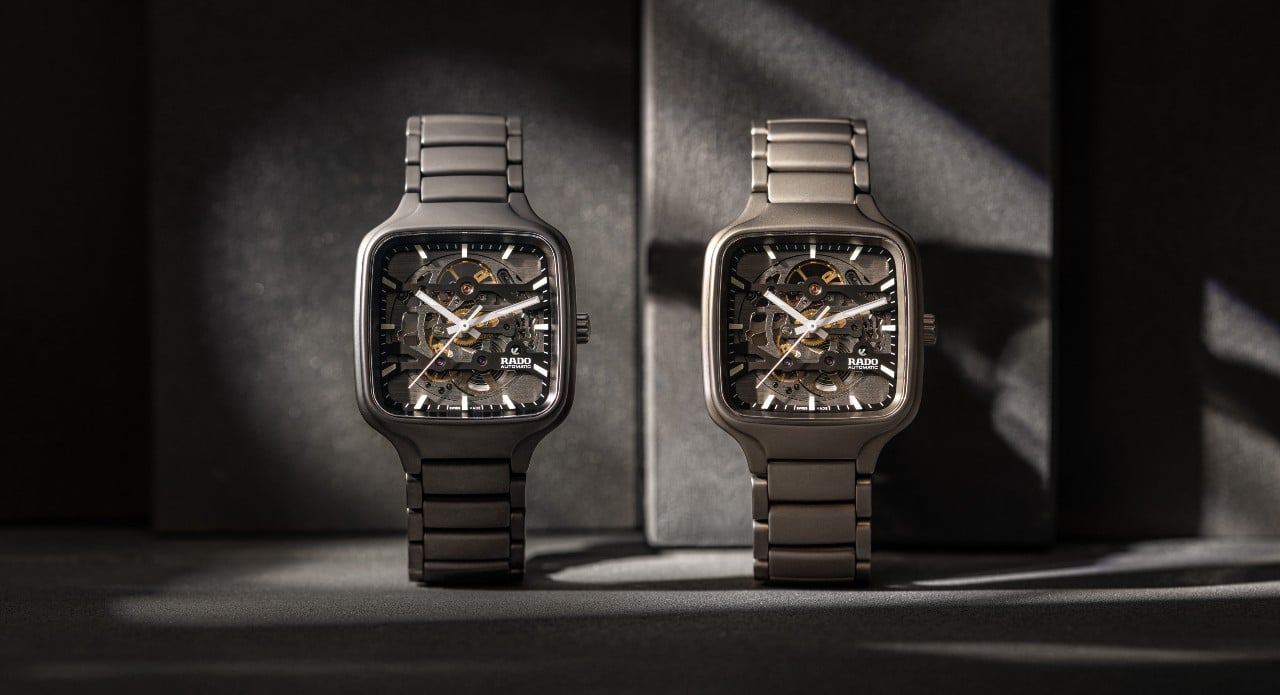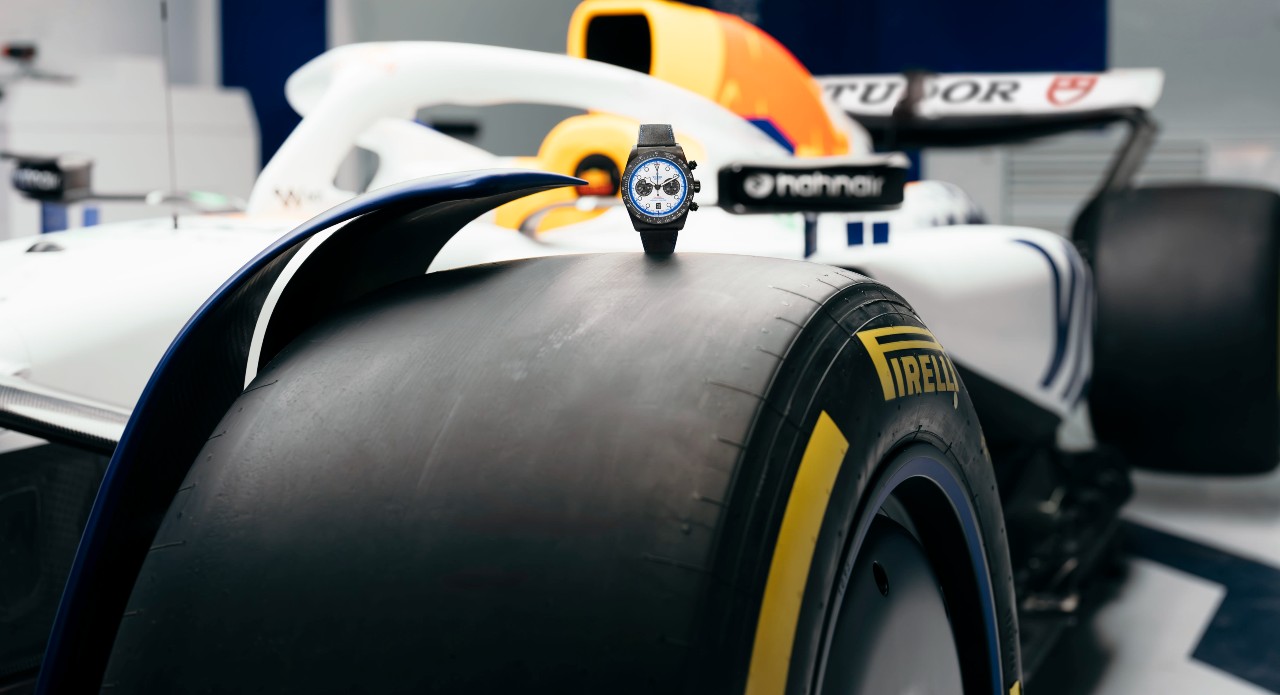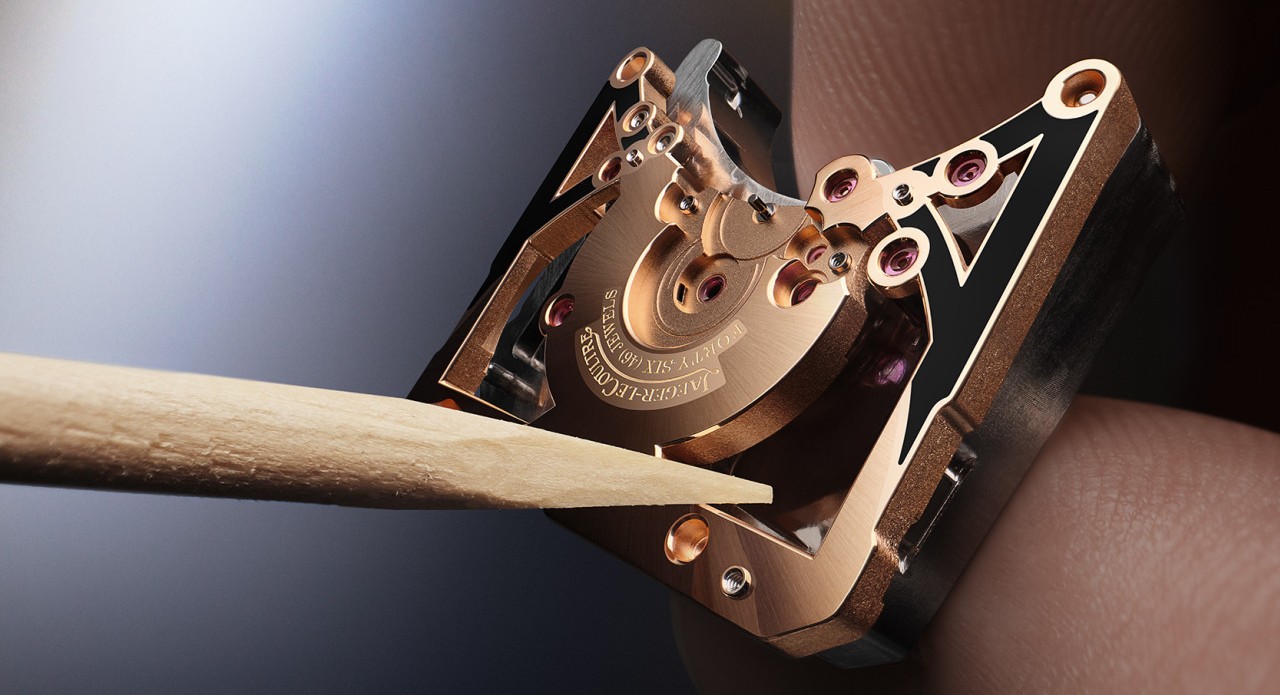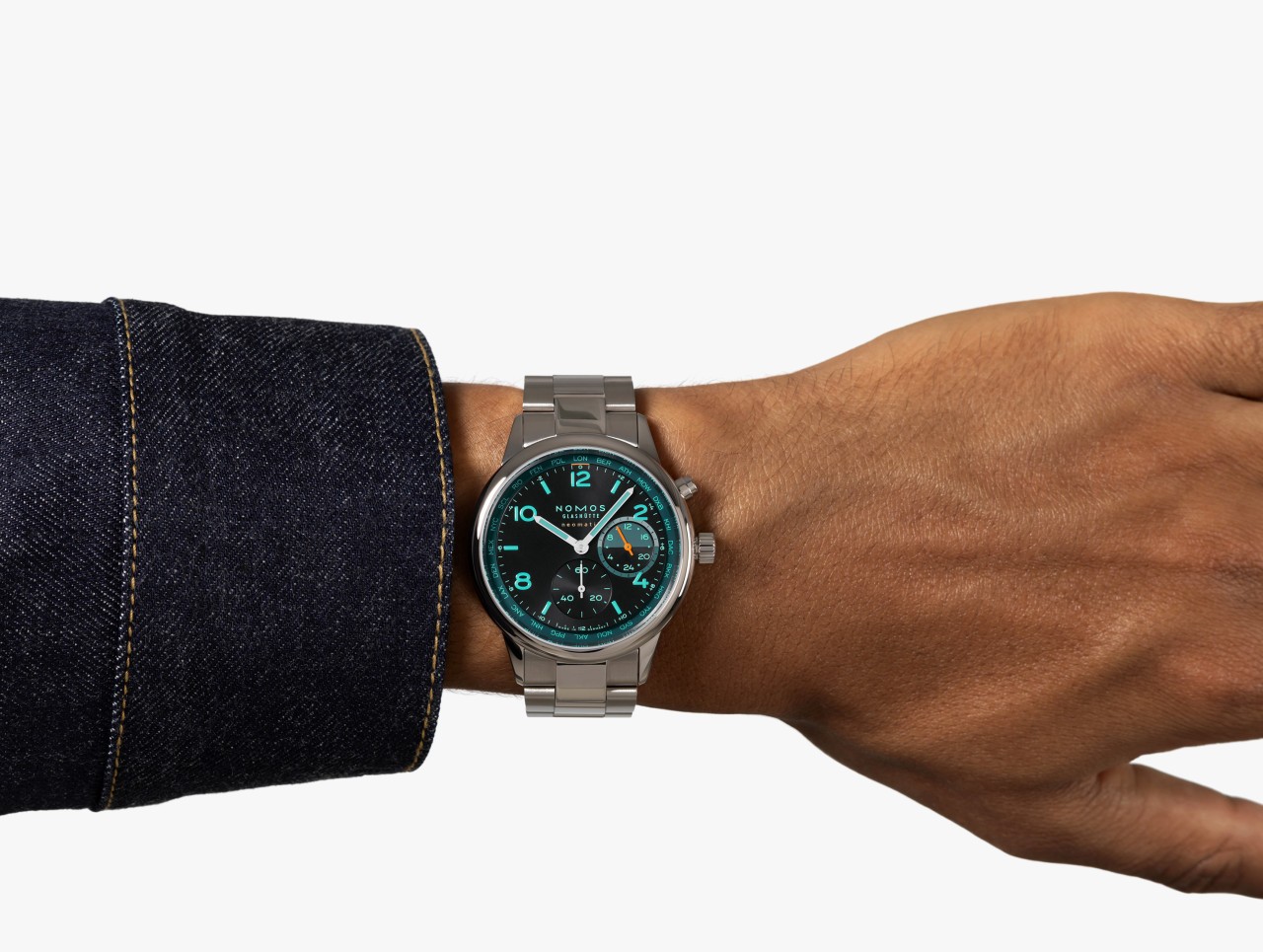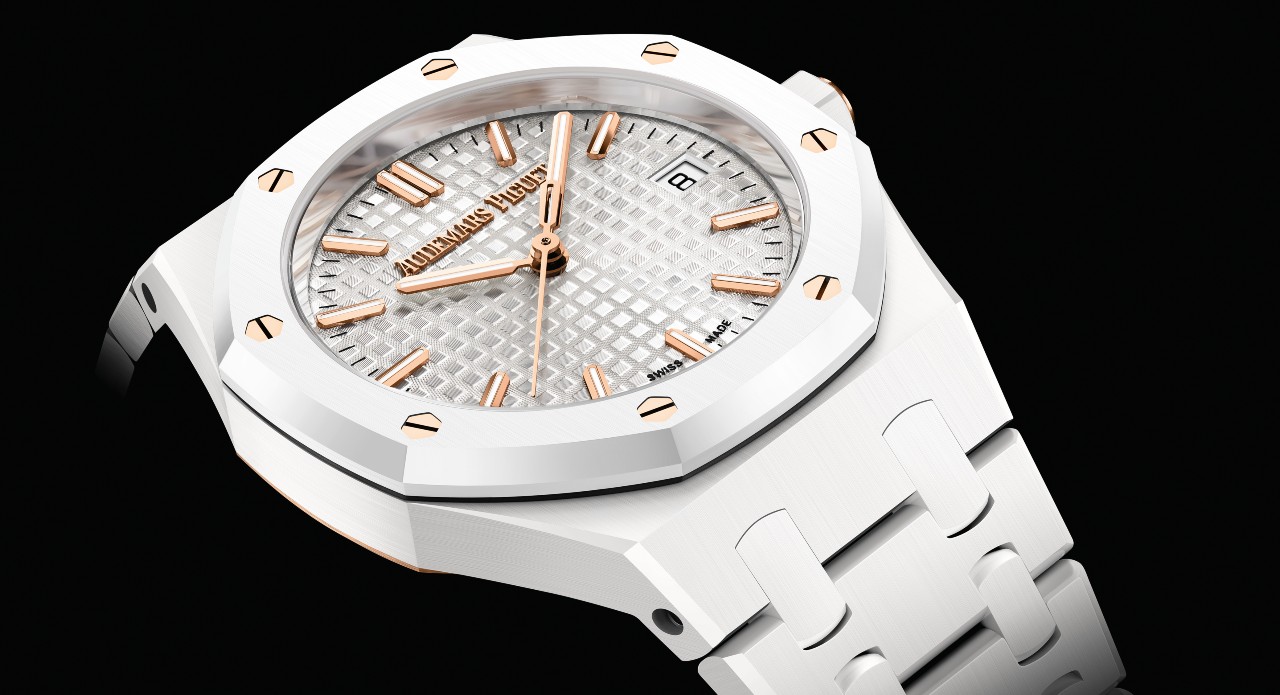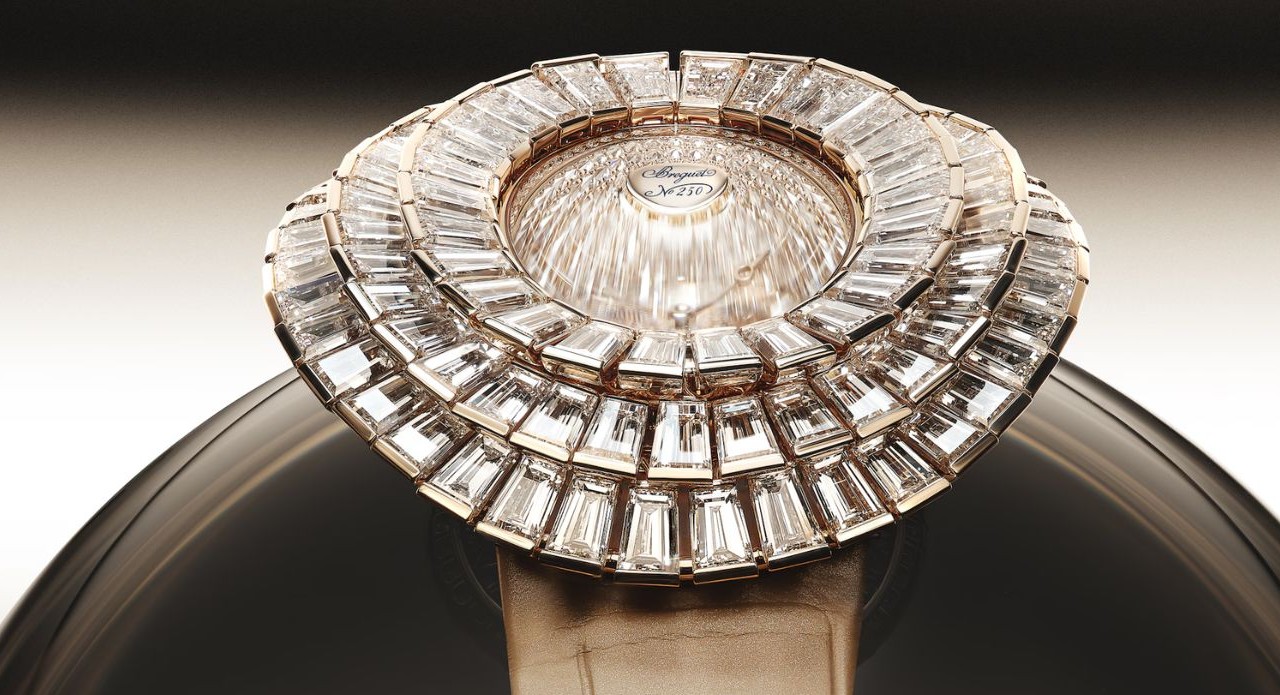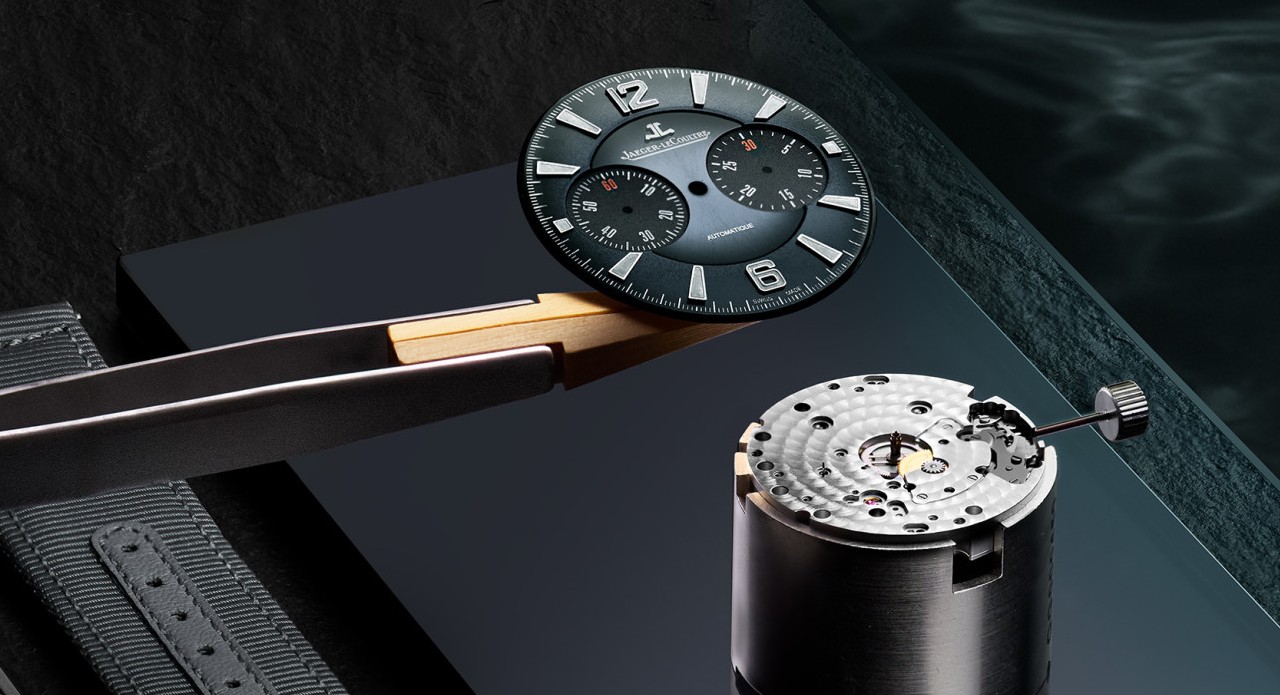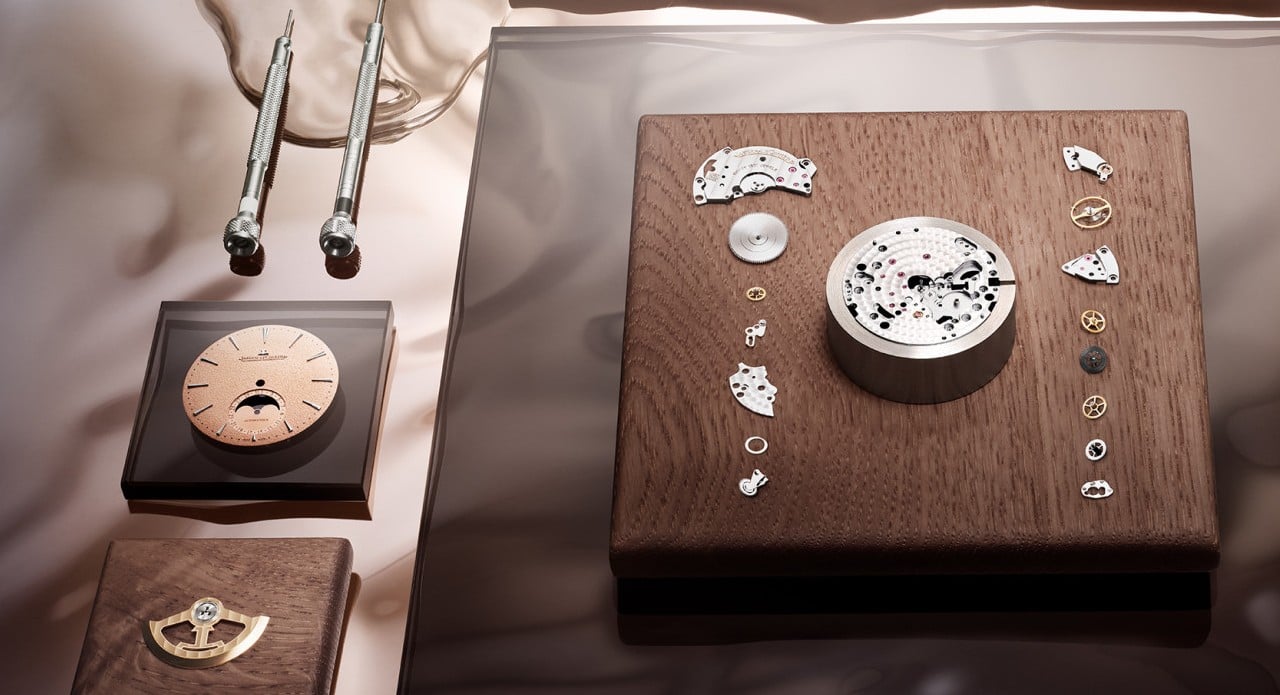Innovations, precious materials, and intricate movements have defined luxury timepieces. Over the past few decades, brands have not only invented new materials but have also combined different elements for its cases, bezel, and at times the dial. Materials like carbon fibre, titanium, platinum, and ceramic have built their own mark. Sleek, lightweight, and almost impervious to scratches, ceramic has moved from the world of high-tech engineering into the wrists of discerning collectors. From sporty chronographs to elegant dress watches, ceramic has become a modern symbol of durability and design innovation.
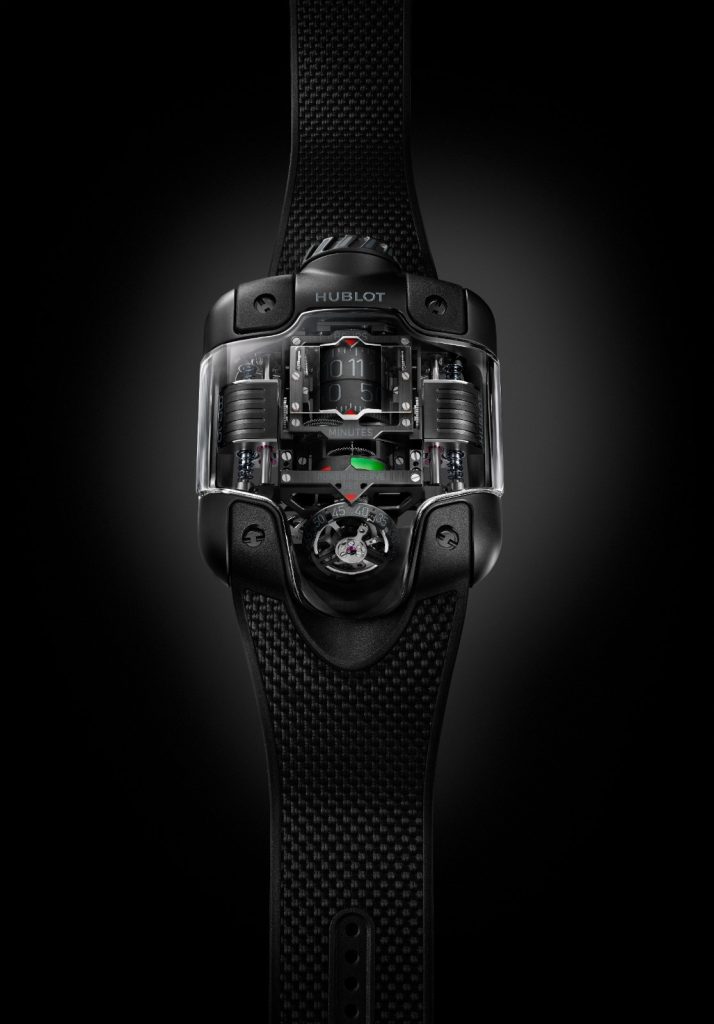
A Material Born of Science
Ceramic used in watches are composed of high-tech materials like zirconium oxide, aluminium oxide powders and mixed with pigments and binders, moulded and then sintered at high temperatures to form a hard, scratch, and corrosion resistant element. The material can reach a rating close to 9 on the Mohs scale, making them second only to diamond in scratch resistance.
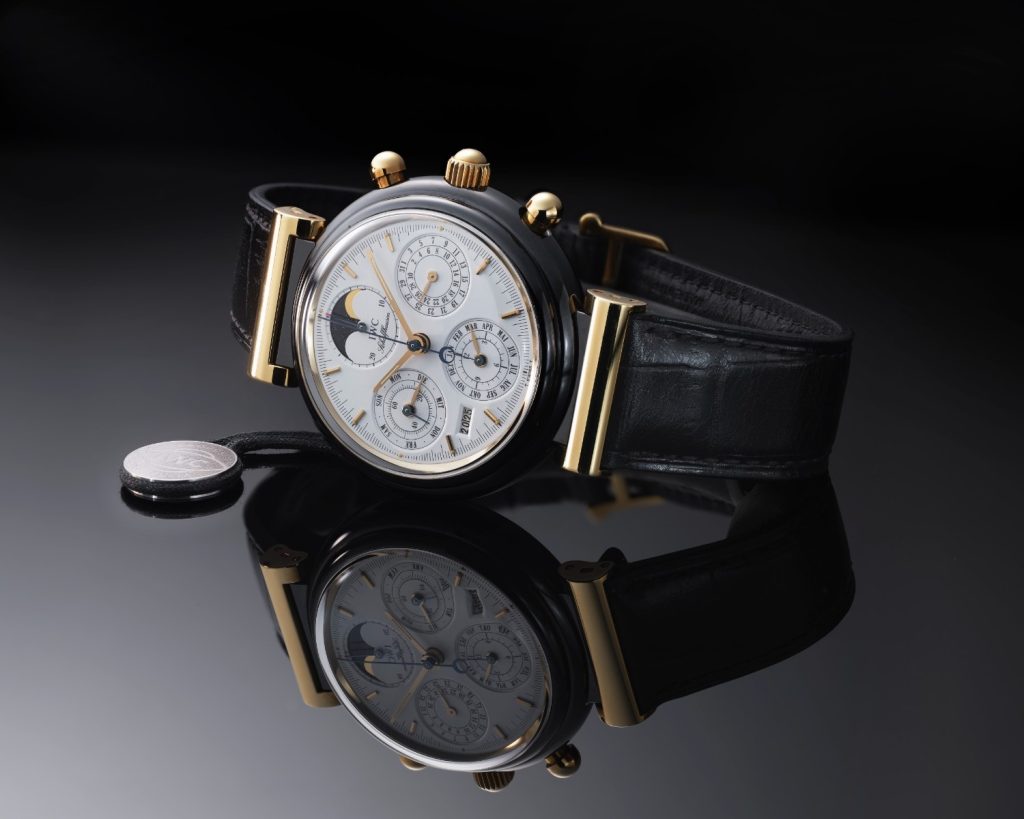
From Experimental to Iconic
Ceramic made its entry in horology in 1980s with Rado Integral getting launched in 1986, and by the start of the 21st century, other renowned timepiece makers had started to explore its true potential for its cases, bezels, and also casebacks.
Performance Meets Aesthetics
In comparison to stainless steel or gold which has a high potential of developing scratches, and can lose its shine, ceramic retains its finish, and requires minimal maintenance. Brands have mastered techniques to produce ceramic in a wide array of colours from deep blacks and crisp whites to vibrant blues and even matte finishes. The smooth, cool touch of ceramic gives a contemporary edge, making it a favourite in both sporty and fashion-forward designs.
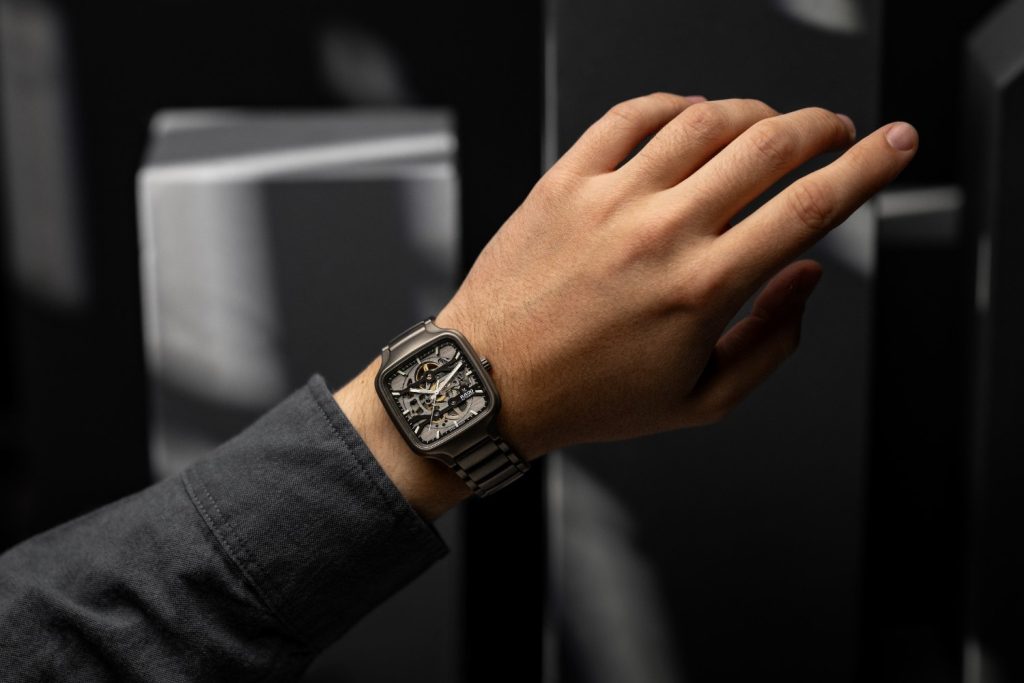
Engineering Challenges and Precision Craft
Working with ceramic, however, is not without its challenges. Unlike metal, ceramic cannot be reshaped or polished once produced—it must be milled and sintered to exact dimensions, demanding immense precision. A minor error in machining can lead to cracks or breakage. This is why ceramic cases are often more expensive to produce, despite the raw material itself not being as costly as precious metals. The manufacturing expertise and tooling required elevate ceramic into the realm of true luxury craftsmanship.
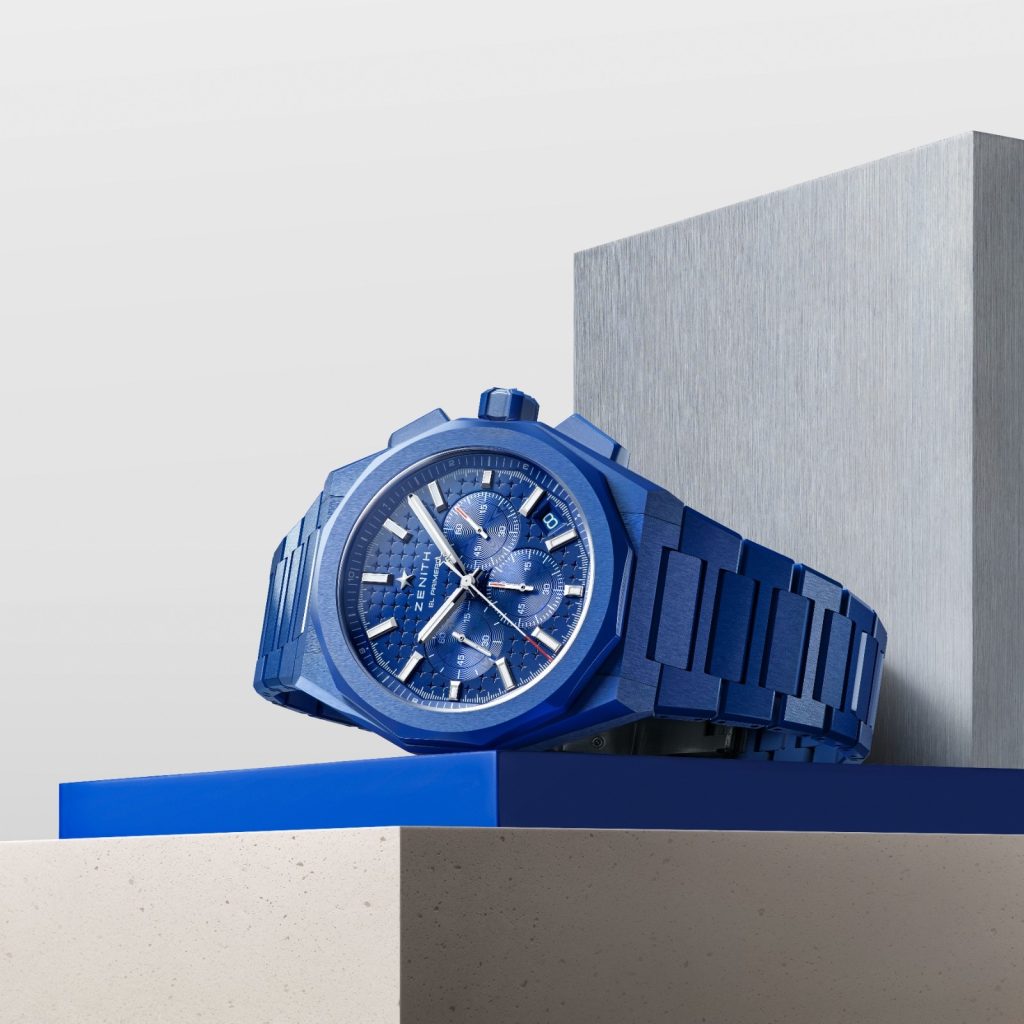
The Modern Luxury Statement
Today, ceramic is more than just a material choice it’s a design statement. It represents the fusion of innovation and elegance, appealing to collectors who value both aesthetics and performance. In a market that increasingly blends tradition with modernity, ceramic stands as one of the clearest symbols of the luxury watch industry’s evolution.
A Timeless Future
As brands continue to experiment with new finishes, colours, and hybrid materials, ceramic’s role is only expected to grow. Whether paired with gold for contrast, integrated into skeletonised dials, or used to craft entire monochrome masterpieces, ceramic has secured its place in the future of horology a material that is as enduring as the timepieces it helps create.
